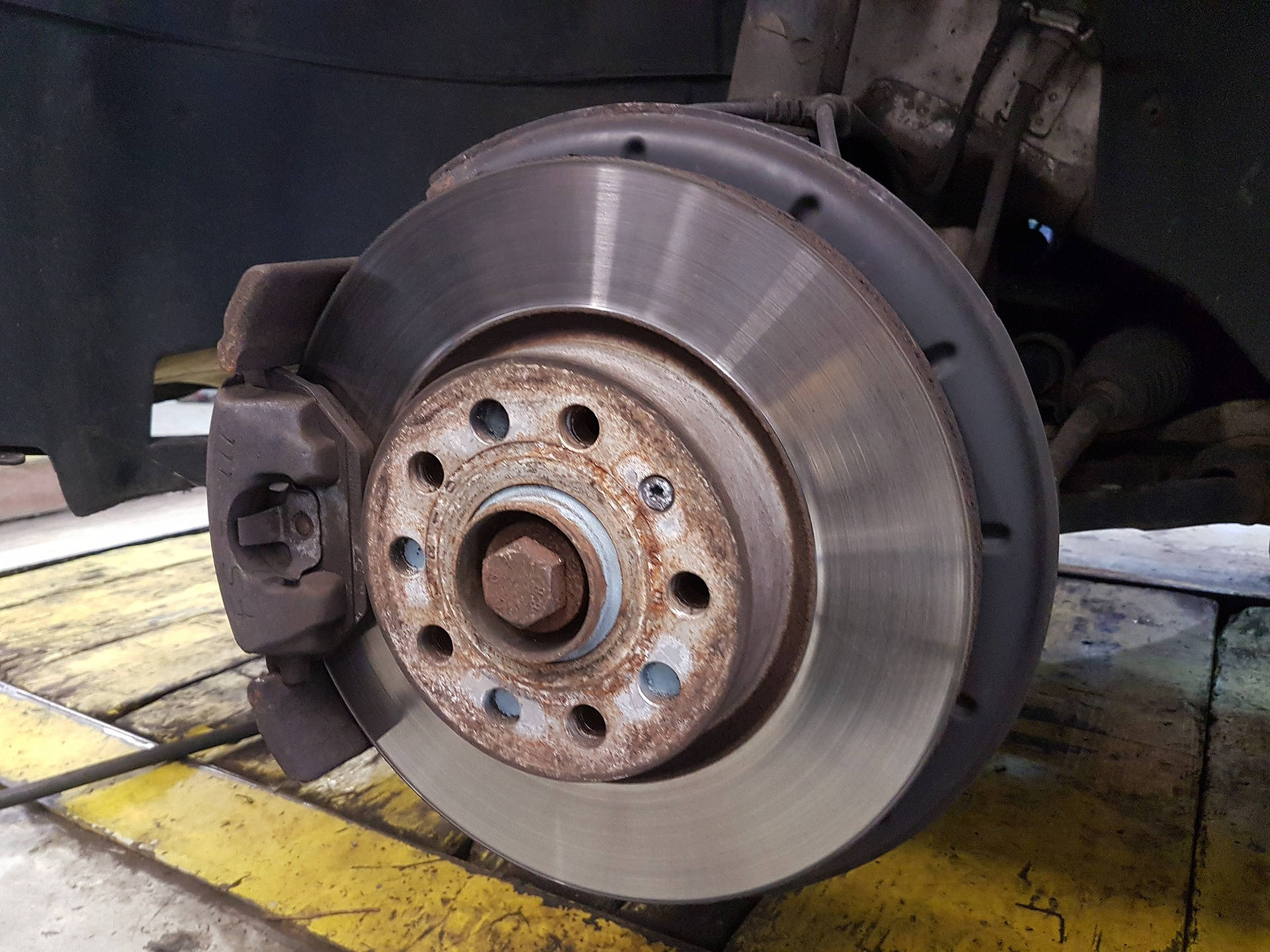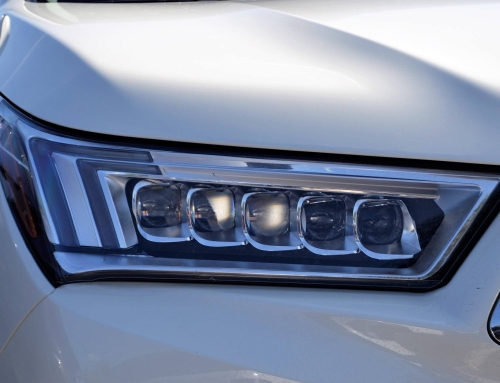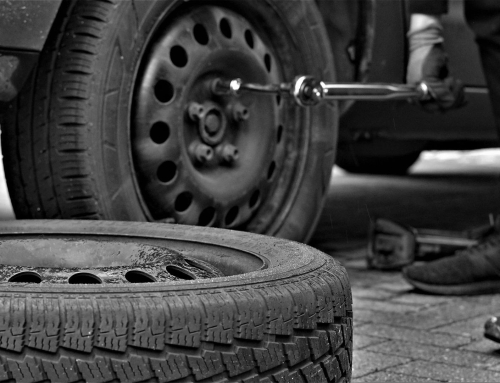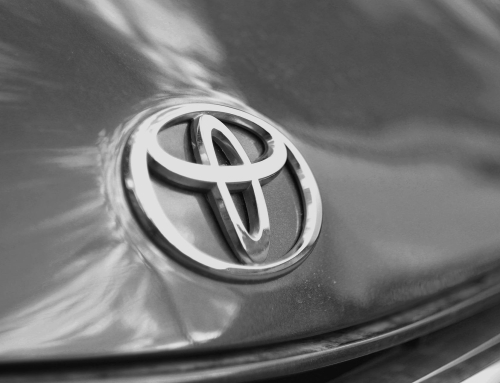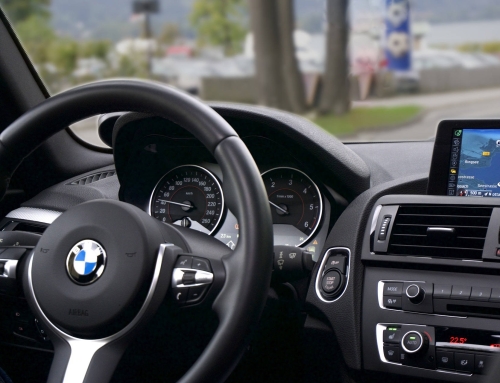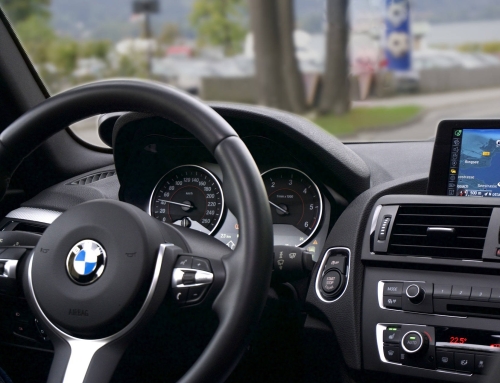Your car’s braking system is essential for your safety, and knowing when to replace brake pads or rotors is crucial. Identifying the warning signs of failing brakes can save you money and prevent dangerous situations. From unusual noises to dashboard warning lights, several indicators suggest it’s time to check your brakes.
Contents
Signs That Your Car Brakes Need Attention
Understanding the symptoms of worn or failing brakes will help you maintain your vehicle’s performance. Here are the top signs to watch for:
1. Squealing or Screeching Noises
One of the most common indicators of worn brake pads is a high-pitched squealing sound when braking. This noise comes from the wear indicator, a small piece of metal that rubs against the rotor when the brake pad thickness reaches its minimum threshold. Typically, this sound means your pads have around 2/32 of an inch left, and it’s time to replace them. Ignoring this warning can damage other parts of your braking system.
2. Car Pulls to One Side
If your car veers to one side when braking, it could mean uneven wear on your brake pads or an issue with the caliper piston. This imbalance causes one side of the brakes to perform better than the other, leading to a pulling sensation. Addressing this early can prevent further complications.
3. Low Brake Fluid Levels
Brake fluid is critical for your braking system’s hydraulic function. If your dashboard’s brake warning light comes on or your brakes feel less responsive, check your fluid levels. A sudden drop in brake fluid might indicate a leak or worn brake pads, as the fluid compensates for the space created by worn pads. Don’t just top it off—have a professional inspect your system.
When to Replace Brake Rotors
Your brake rotors work in tandem with your pads to stop your car. Over time, rotors wear down due to heat and friction, and their condition should be monitored closely. Look for the following signs:
Pulsation While Braking
A pulsating sensation when you press the brake pedal could indicate warped or unevenly worn rotors. This affects braking performance and should be addressed promptly.
Grinding Sounds
Grinding noises suggest metal-on-metal contact between the caliper and rotor, which can occur when brake pads are completely worn. This is a clear signal to replace both the pads and rotors.
Visible Grooves or Damage
Inspect your rotors for visible grooves or rough surfaces. These signs of wear mean the rotors are no longer smooth and may require replacement to ensure safe braking.
How Often Should You Replace Brake Pads and Rotors?
The frequency of replacing brake components depends on your driving habits. Urban drivers, who often deal with stop-and-go traffic, may need to replace brake pads every 30,000–35,000 miles. Highway drivers can extend this interval to 60,000–80,000 miles. For rotors, city driving can wear them out as early as 20,000 miles, while highway driving may extend their lifespan significantly.
What Causes Brake Components to Wear Out?
Brake wear depends on various factors, including your driving style, vehicle weight, and environment. Aggressive driving, frequent braking, and carrying heavy loads accelerate the wear of both pads and rotors. Additionally, front brakes usually wear out faster than rear ones due to the weight distribution of most vehicles.
How to Replace Brake Pads and Rotors
Replacing brake pads and rotors is a task many car owners can handle with the right tools and instructions. Here’s a brief overview:
Steps to Replace Brake Pads
- Gather new brake pads, tools, and supplies.
- Remove the tires and calipers.
- Take out the worn pads and install new ones.
- Reassemble the components and test the brakes.
Steps to Replace Brake Rotors
- Remove the brake caliper and old rotor.
- Install the new rotor.
- Replace the brake pads simultaneously for even wear.
- Reassemble and test the braking system.
If you’re not comfortable with DIY repairs, consult a trusted mechanic for professional service.
Extending the Life of Your Brakes
Good driving habits can significantly prolong the lifespan of your brakes. Avoid abrupt starts and stops, don’t ride the brakes, and maintain adequate space between vehicles to reduce unnecessary braking. If you frequently haul heavy loads, remember this increases brake wear and may require more frequent maintenance.
Conclusion
Knowing the signs of worn brakes and replacing components on time is key to vehicle safety and performance. By listening for unusual sounds, monitoring brake fluid levels, and practicing good driving habits, you can ensure your brakes remain in excellent condition. Whether you choose to DIY or rely on a mechanic, regular maintenance will save you money and keep you safe on the road.

